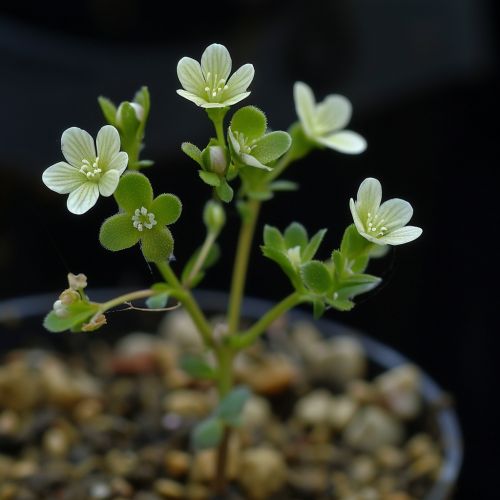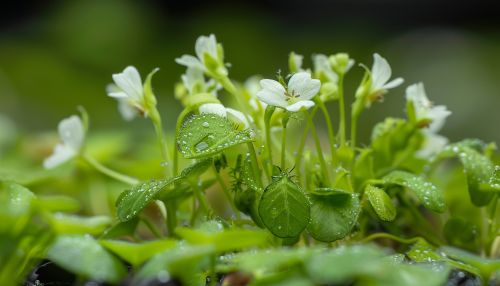CONSTANS (gene)
Overview
The CONSTANS (CO) gene is a key genetic component in the regulation of photoperiodic flowering in plants. It encodes a protein that functions as a transcription factor, influencing the expression of other genes. The CO gene is most well-known for its role in Arabidopsis, a model organism in plant biology, but homologs have been identified in a wide range of plant species.


Structure
The CO gene is located on the long arm of chromosome 5 in Arabidopsis. It spans approximately 7.5 kilobases and contains two exons separated by a single intron. The encoded CONSTANS protein is 373 amino acids long and is characterized by two distinctive domains: a zinc finger domain at the N-terminus and a CCT (CONSTANS, CONSTANS-like, and TOC1) domain at the C-terminus.
Function
The primary function of the CO gene is to regulate the timing of flowering in response to changes in day length, a process known as photoperiodism. The CO gene is expressed in the vascular tissue of leaves, where it is regulated by a combination of light signals and the circadian clock.
During long-day conditions, the CO protein accumulates in the late afternoon and binds to the promoter of the FLOWERING LOCUS T (FT) gene, activating its expression. The FT protein then moves from the leaves to the shoot apical meristem, where it induces the transition from vegetative to reproductive growth.
In contrast, under short-day conditions, the expression of CO is not synchronized with light, leading to a decrease in CO protein levels and a delay in flowering.
Regulation
The expression of the CO gene is regulated at multiple levels, including transcription, post-transcription, and protein stability.
At the transcriptional level, the CO gene is regulated by the circadian clock through the action of several clock-associated genes, including CIRCADIAN CLOCK ASSOCIATED 1 (CCA1), LATE ELONGATED HYPOCOTYL (LHY), and TIMING OF CAB EXPRESSION 1 (TOC1).
Post-transcriptionally, the CO mRNA is regulated by a group of proteins known as FLOWERING LOCUS D (FLD) and FLOWERING LOCUS S (FLS), which affect CO mRNA stability and processing.
At the protein level, the stability of the CO protein is regulated by light through the action of two groups of proteins: the CRYPTOCHROMES (CRYs) and the PHYTOCHROMES (PHYs).
Role in Crop Plants
The CO gene and its homologs play a crucial role in the control of flowering time in many crop plants, including wheat, barley, rice, and soybean. Manipulation of CO gene expression through genetic engineering has the potential to improve crop yields by optimizing flowering time for different geographical locations and climate conditions.
